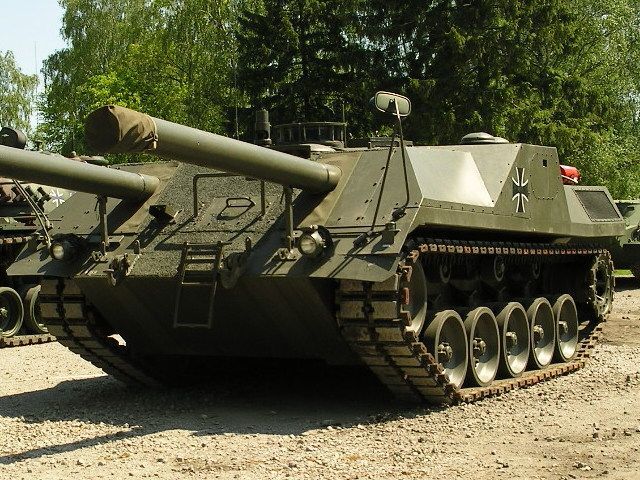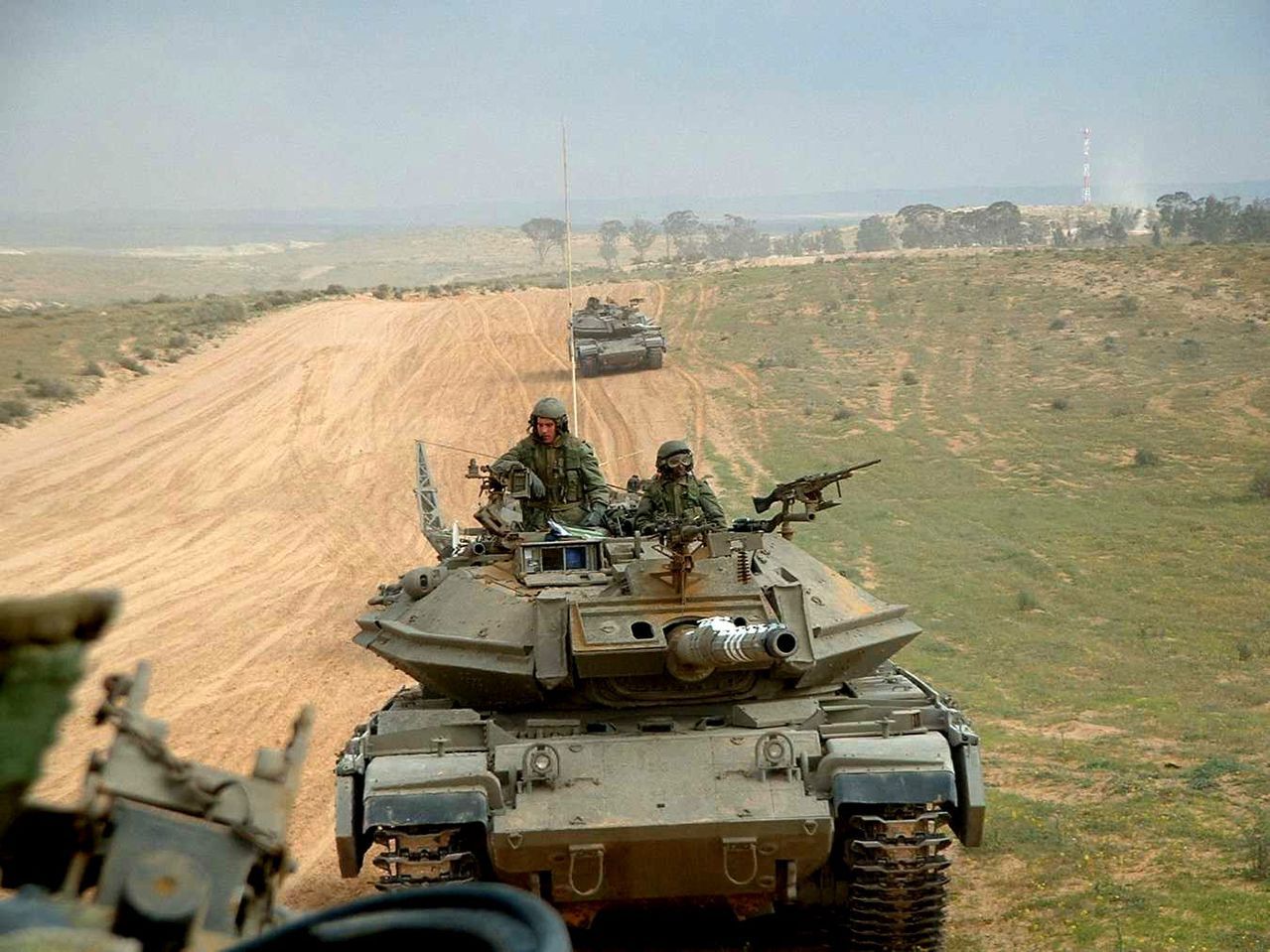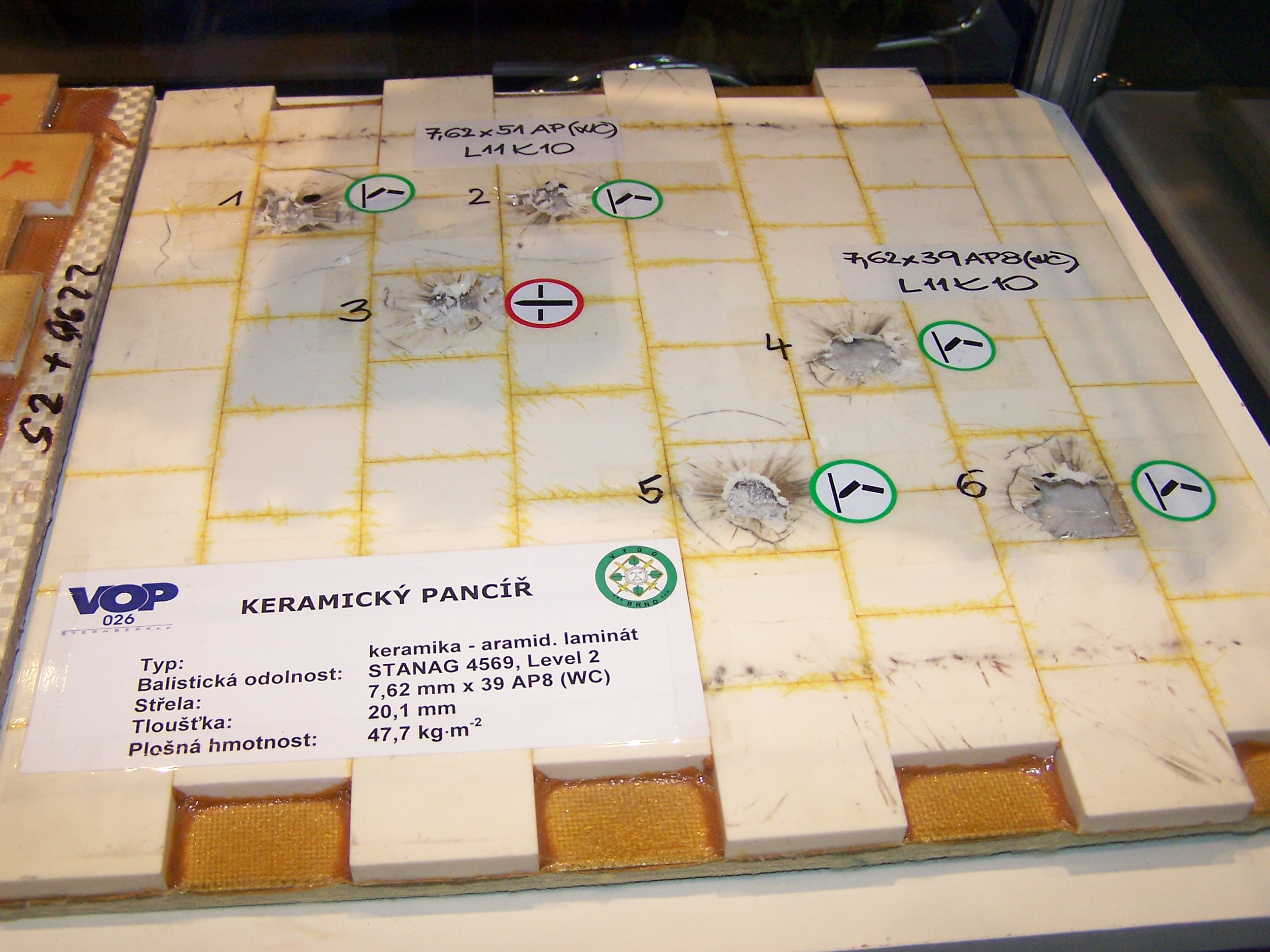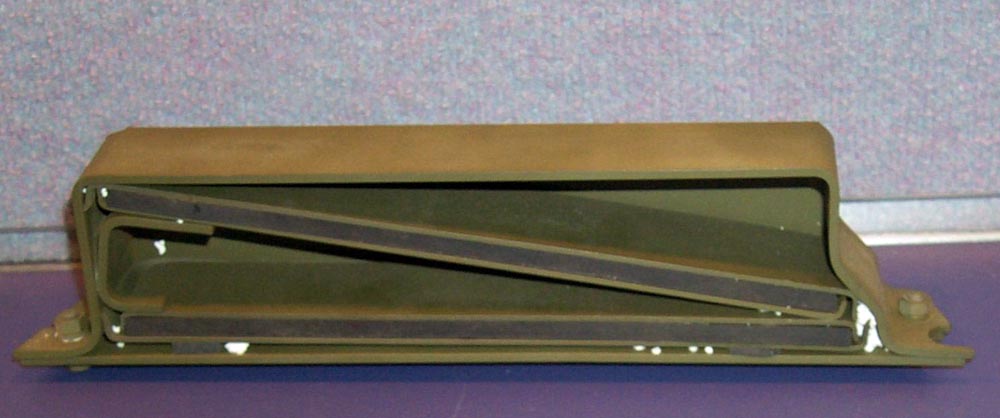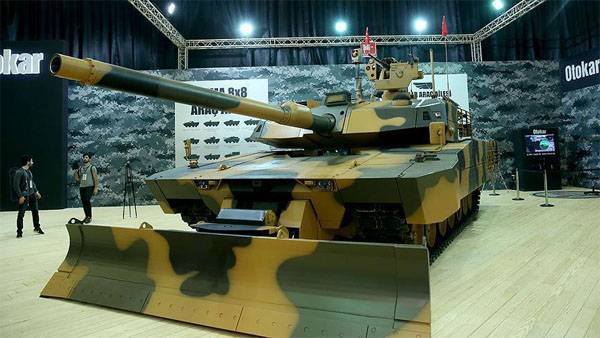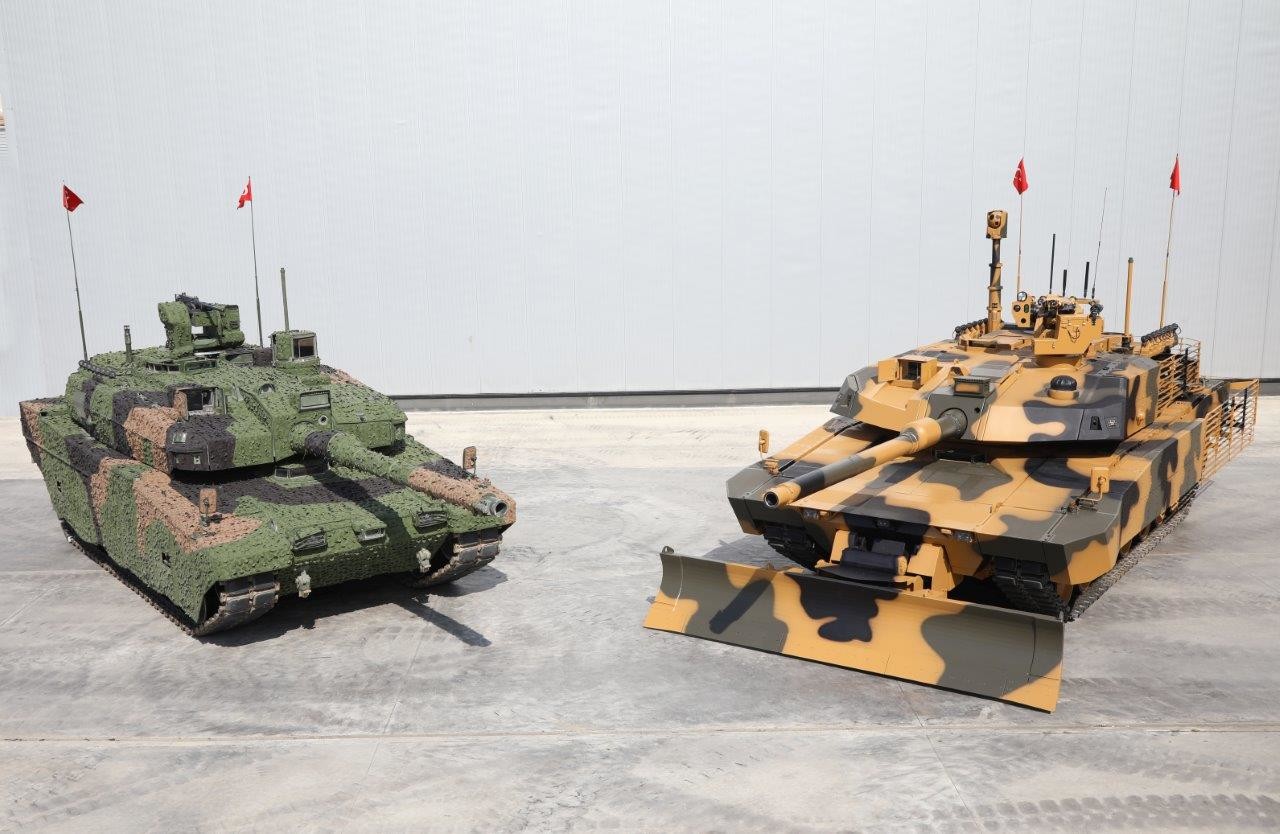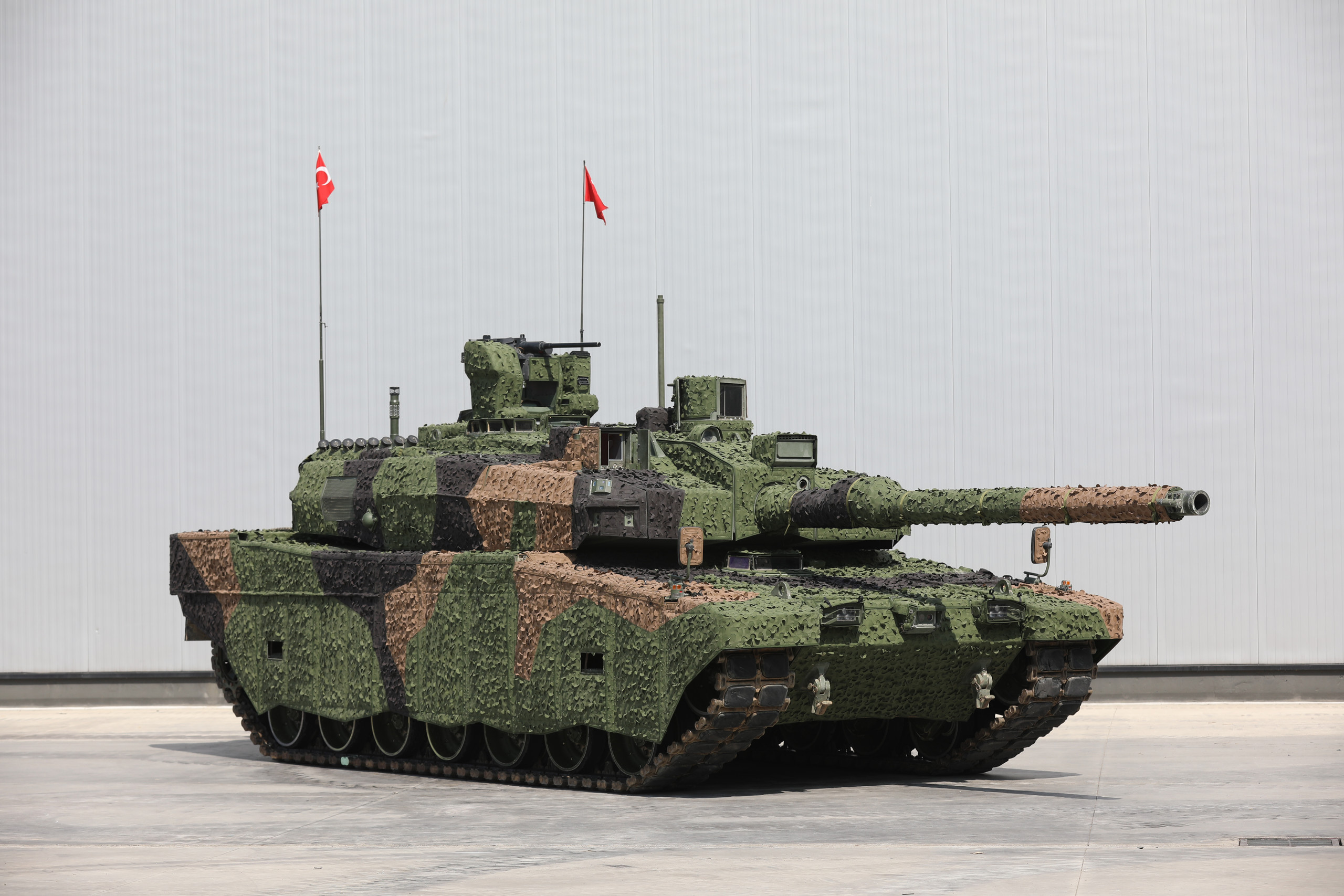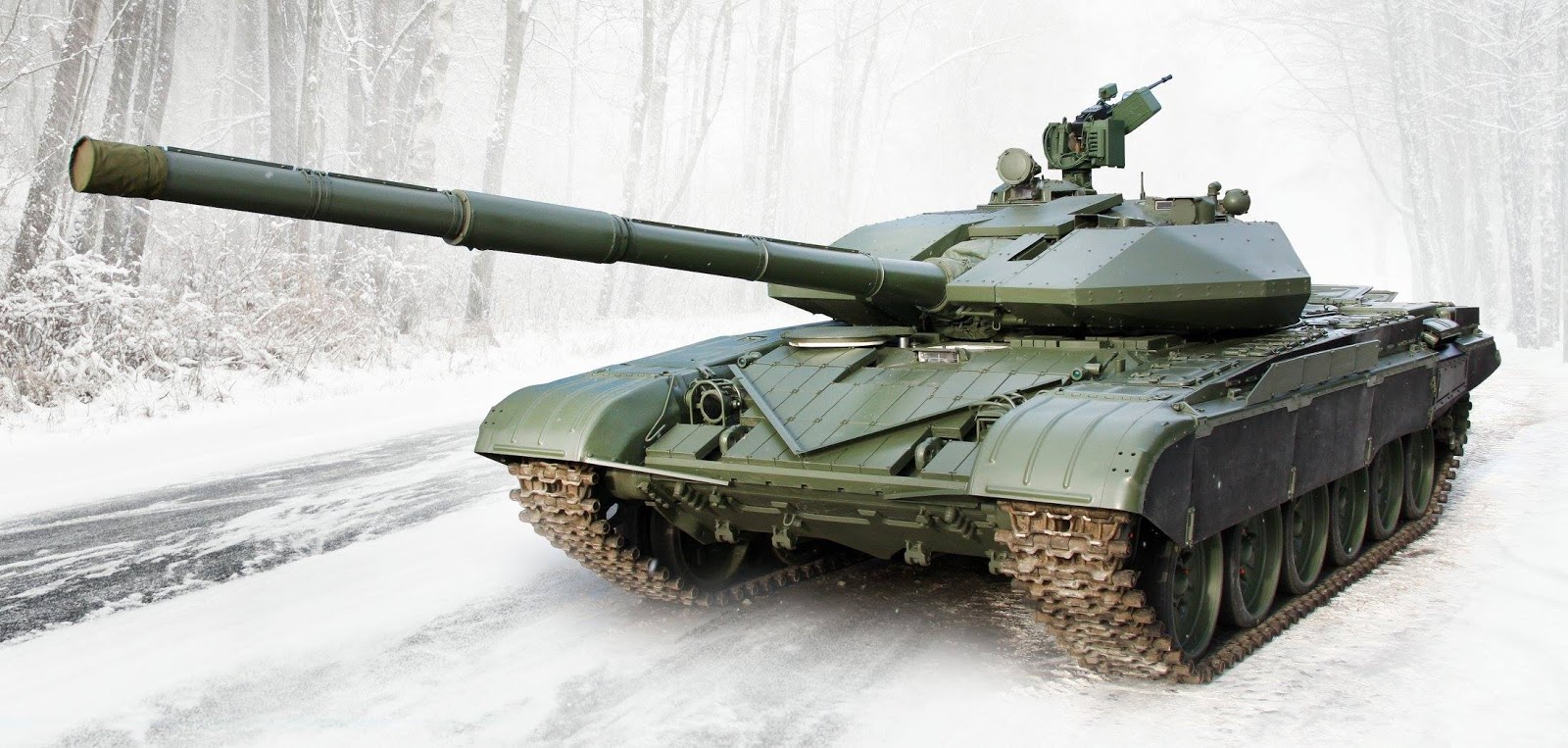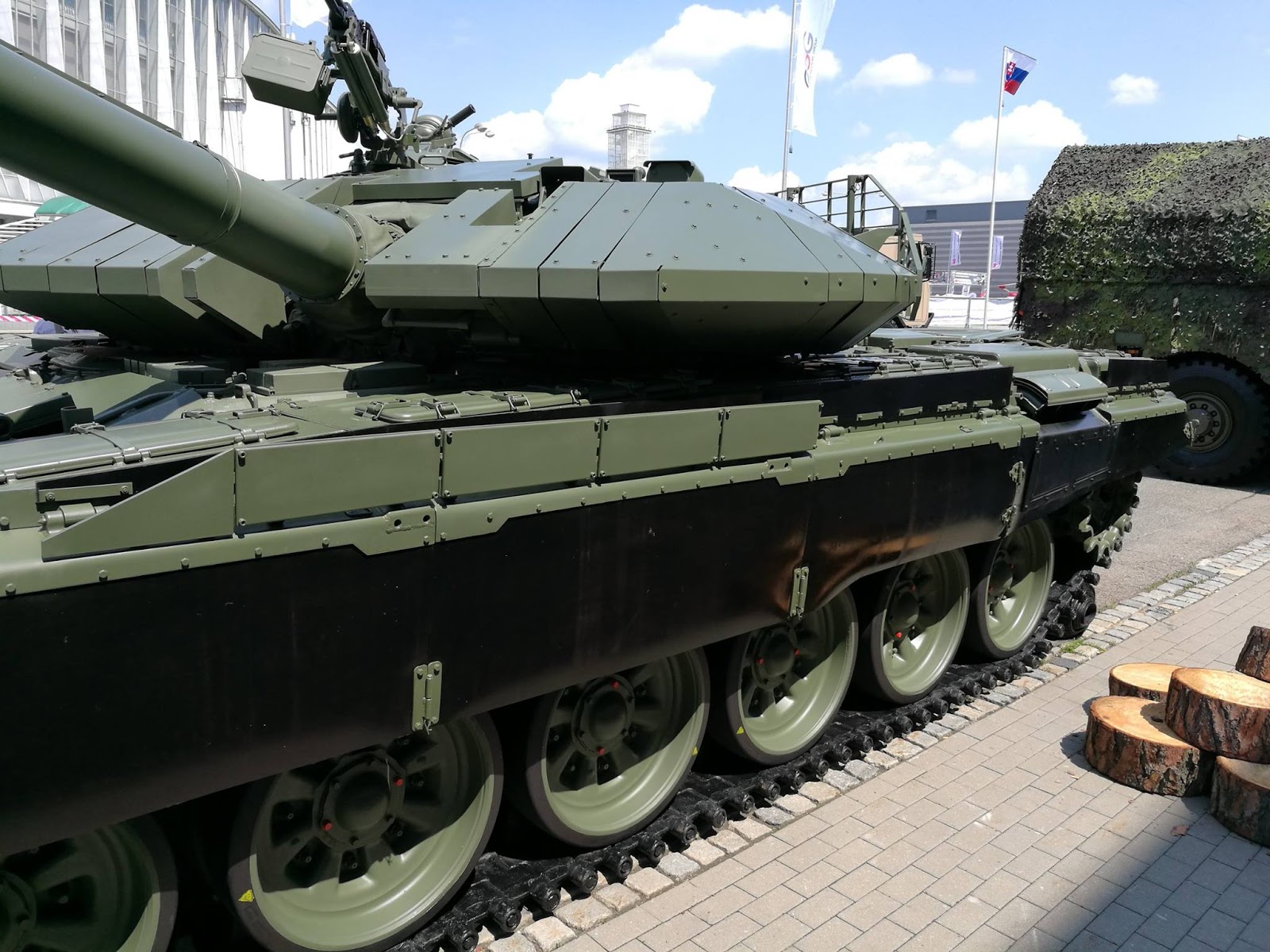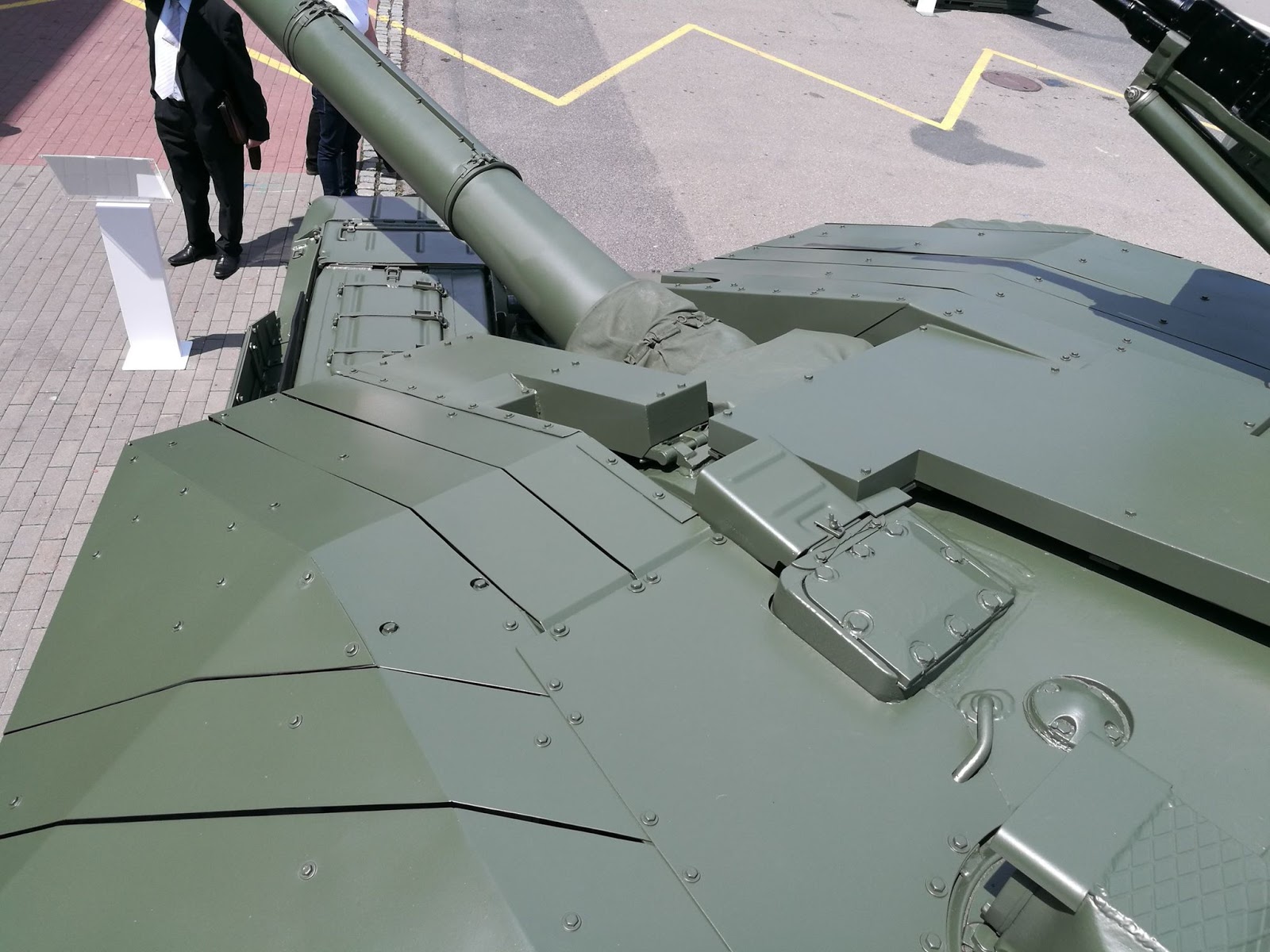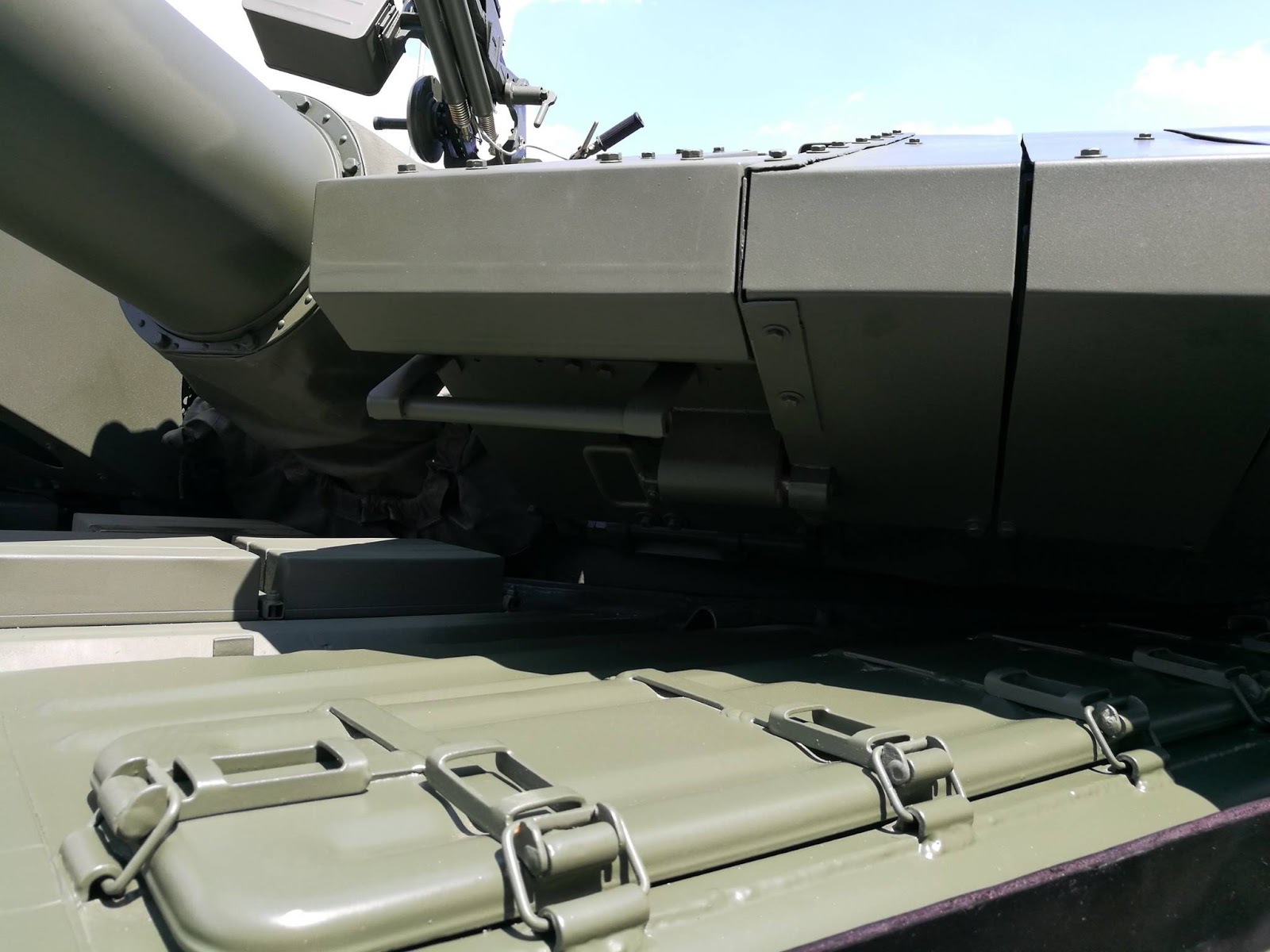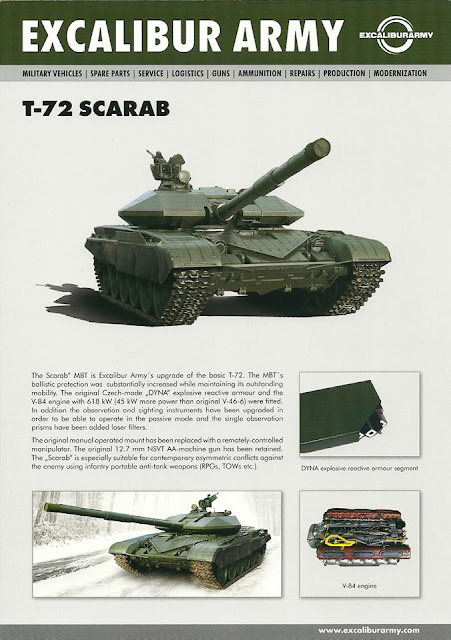Georg
FULL MEMBER

- Joined
- Apr 2, 2017
- Messages
- 1,348
- Reaction score
- 3
- Country
- Location
Wiesel Mk I is a German light air-transportable armoured fighting vehicledescription please
The Wiesel was developed for the German Army to meet a requirement for an air-transportable light armored vehicle for use by its airborne troops, as the infantry of the German Bundeswehr, especially airborne infantry, were considered unprepared to successfully fight enemy main battle tanks (MBT) in the 1970s. The requirements were that the vehicle should fit in common NATO transport planes and could eventually be air-dropped. It should be able to fight infantry as well as enemy tanks or aircraft. Porsche produced some prototypes of the future fighting vehicle for the Bundeswehr in 1975, but the Bundeswehr stopped the project in 1978 due to lack of funds. Nevertheless, Porsche continued development, because of interest from other countries.
The Bundeswehr eventually ordered 343 of the vehicles in 1985. The Wiesel was introduced as new weapon system for the Bundeswehr with deliveries beginning in the late 1980s. The vehicle was named Wiesel ("weasel") because of its small size and agility, which make it very difficult to detect on the battlefield. Production of the Wiesel 1 ended in 1993. Of 343 Wiesel 1 vehicles, 210 were armed with Raytheon Company's TOW anti-tank guided missile system and 133 have the one-man KUKA turret E6-II-A1 armed with the dual-feed Rheinmetall 20 mm autocannon. Germany deployed both types to Somalia in 1993 as part of the United Nations forces.
The Wiesel 2 is an enlarged and extended version of the Wiesel 1 with five road wheels instead of four, and a more powerful engine. The Bundeswehr ordered 178 of the new vehicle in various types, including air defense, radar, and anti-aircraft missile launcher, 120 mm mortar carrier, command and fire control, and ambulance variants. The Wiesel 2 entered service in 2001.
Wiesel 1
Variants in Service
- Wiesel 1 Aufklärung: reconnaissance
- Wiesel 1 ATM TOW: anti-tank vehicle fitted with TOW missiles
- Wiesel 1TOW: Uprated with BMS
- Wiesel 1 MK20: fire support version with a Rheinmetall MK 20 Rh202 20mm autocannon
- Wiesel 1 MK20 Variant 1: Uprated with new sight
- Wiesel 1 MK20 Variant 2: Uprated with BMS
- Remotely controlled Wiesel 1 equipped with ground-scanning radar as part of the Route Clearance System
The Wiesel 2 is a stretched version of the Wiesel 1, with a fifth roadwheel. The engine was changed to a 1.9L Volkswagen in-line four-cylinder turbo diesel with direct injection and intercooler, giving 109 hp (81 kW) coupled to a ZF automatic transmission. The Wiesel 2 is generally bigger, faster and stronger than the Wiesel 1, with advanced features for the protection of the crew such as enhanced armour, an air conditioning system, and NBC protection.
- Wiesel 2 Light Air Defence System (leichtes Flugabwehr System - LeFlaSys)
- Wiesel 2 Air Defence Command Post
- Wiesel 2 Air Defence Reconnaissance and Fire Control Vehicle (RFCV): fitted with air defence radar
- Wiesel 2 Air Defence Weapon Carrier (Ozelot): fitted with air defence missile launchers (two box launchers containing four ready-to-fire FIM-92 Stingers, or, alternatively, a (currently unknown) number of vertical launch cells with LFK NG missiles)
- Wiesel 2 Ambulance
- Wiesel 2 Engineering Scout: combat engineer reconnaissance
- Wiesel 2 Command Post: battalion command post
- Wiesel 2 Advanced Mortar System
- Wiesel 2 Company C2/ JFSCT: Command and control for combined and joint fire
- Wiesel 2 Lightweight Armoured Mortar: 120 mm automatic laying weapon system
- Wiesel 2 Joint Fire Support Team: Reconnaissance Vehicle
German Bundeswehr
US Army
thechnical specs
Weight 2.75 t to 4.78 t
Length
Wiesel 1: 3.55 metres (11.6 ft)
Wiesel 2: 4.78 metres (15.7 ft)
Width
Wiesel 1: 1.82 metres (6 ft 0 in)
Wiesel 2: 1.87 metres (6 ft 2 in)
Height
Wiesel 1: 1.82 metres (6 ft 0 in)
Wiesel 2: 2.17 metres (7 ft 1 in)
Crew 2 or 3
Armor Protection against small arms only
Main armament
Varies
Secondary armament
Varies
Engine
Wiesel 1: 2.1 L Audi 5-cylinder in-line turbo-diesel
Wiesel 2: 1.9 L Volkswagen Straight-4 turbo-diesel with direct-injection
Wiesel 1: 64 kilowatts (86 hp)
Wiesel 2: 81 kilowatts (109 hp)
Suspension torsion bar
Operational range
200 kilometres (120 mi)
Speed 70 kilometres per hour (43 mph)



